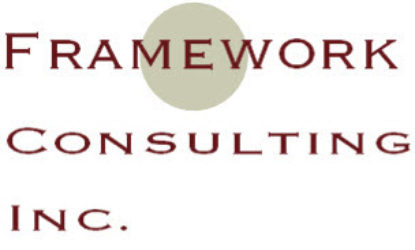What can local companies do when faced with backlogs of any kind? From lists of overdue phone calls to folders of email messages, this nagging issue is difficult to solve. In this article I argue that we are better off staying away from pop-psychological diagnoses in favor of process-oriented solutions.
Case in point: Our justice system shows evidence of several, alarming backlogs. As citizens we agree that they partially cause our increasing crime rate. When suspects never become inmates, criminals are emboldened. When an unsolved murder takes five years to come to trial, people lose hope.
Like folks in other Caribbean countries we find it easy to provide psychological reasons for these problems. This tendency might just be a function of the times: the twentieth century defined a new focus on mental states – their origins, manifestations and abnormalities. In time, managers followed suit. The hypothesized happenings in employees’ heads, invisible to the eye, gained a new primacy that arose after Freud’s theories regarding the unconscious became popular.
Today, we ascribe a wide range of workplace ills to these mysterious hidden forces. Low performance is due to laziness. Black people’s true role model is not Marcus Garvey but Bredda Anansi. A backlog is caused by rampant disloyalty and even by “poor ventilation.”
That’s not a misstatement. Recent Gleaner articles on the topic of backlogs in Supreme Court matters, divorce cases, public sector audits, PPV licenses and elective surgeries have offered a wide variety of causes. One blamed the lack of efficiency in some government offices on the need for better louvre blades. (I’m not making this up.)
Setting aside the dubious link between window treatments and performance, let’s focus on the more popular belief that workers produce backlogs because of their psychology. It’s a mistake. While this notion makes for interesting verandah talk, the research indicates that the truth is more nuanced. Apart from a few hardy souls, most of us who join an organization for the first time readily conform.
In other words, if you put the most motivated workers in the middle of a backlogged department, it won’t take long for them to start contributing to the problem. But it’s not because their mindset is faulty. Instead, credit a more natural occurrence well understood by industrial engineers.
As specialists in factory processes, they solve these challenges every day without the use of headspace remedies. On the contrary, they have learned that backlogs are naturally caused by a mismatch between volume and capacity. For example, as I have shared in previous articles, when someone fails to reply to your email, they usually don’t leave you hanging because of “Bad Mind.” Unfortunately, their 10,000 unprocessed messages are a product of inappropriate behaviours. They do their best: it’s just not sufficient.
If we extend that simple analogy to your organization, it implies that the answer to your backlog also does not lie in tackling psychological objects. Instead, look to make the kind of changes industrial engineers would implement, such as the following.
1. Understand the Process
It’s hard to improve the actions of a system you haven’t analyzed. As individuals, we do it often, purchasing the latest gadget without knowing its impact. Fortunately, the damage is minor. However, on a much larger scale a lack of analysis produces hundreds of thousands of backlogged items. In these cases found in most big organizations, introducing a major change initiative can even make things worse. Laying off staff, implementing a new piece of software, automating tasks, cutting budgets, culture transformation efforts: these are all attempts that often fail to meet their goals because they ignore the underlying processes by which work is done.
2. Check for Wasted Steps
In-depth process knowledge gained from an analysis reveals problem spots immediately. Before you rush into a big change effort, put in metrics to ensure that it produces the result you want. This is a must in complex systems where invisible cause-and-effect loops lurk in the background, ready to produce unpredictable mal-effects. They destroy your finest intentions.
3. Improve and Then Automate
Be cheap. Discover the impact you can have without spending a penny. A costly intervention should be your last resort after exhausting all other human-centred, behavioral solutions. Don’t be enamored by what you find in other companies, especially those overseas. Long before they put in place a flashy solution employing the latest technology, they took the necessary steps to remove waste in a steady, unglamorous effort that didn’t attract headlines.
In organizations of all sizes, there is no escaping the fact that backlogs are often produced by process failures. As an executive or manager, don’t fool yourself by insisting on psychological solutions. Instead, uncover the hidden system that connects the concrete, visible actions your people take. Give them the means to fix them and problems like your nagging backlog will disappear.
Francis Wade is the author of Perfect Time-Based Productivity, a keynote speaker and a management consultant. To receive a free document with links to his articles from 2010-2015, send email to columns@fwconsulting.com.








